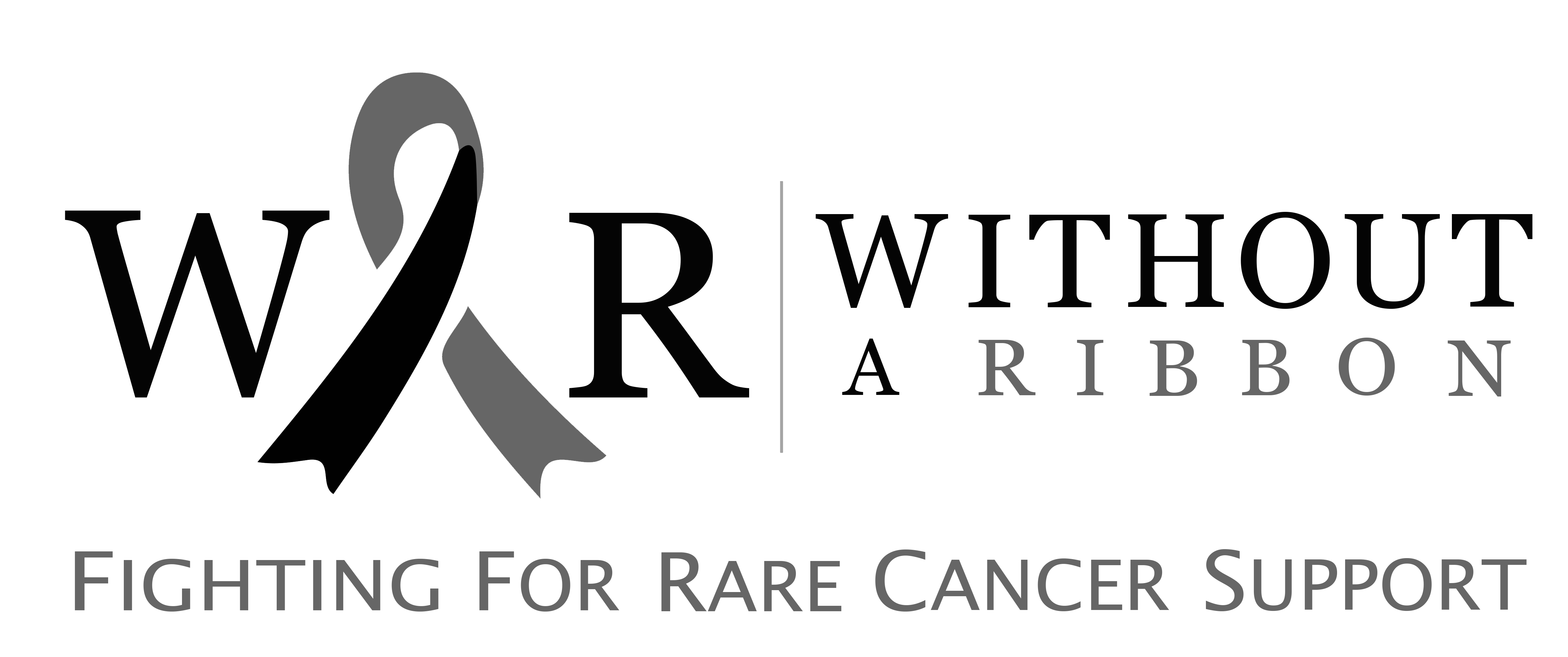What is Small Cell Neuroendocrine Carcinoma of the Ovary?
Small Cell Neuroendocrine Carcinoma of the Ovary (SCNCO) is a rare and aggressive ovarian cancer that primarily affects young women. It is classified as a high-grade neuroendocrine tumour, known for its rapid progression and poor prognosis.
Causes
The exact cause of SCNCO is unknown, but genetic mutations and molecular changes are believed to play a role. Some cases have been linked to abnormalities in the SMARCA4 and TP53 genes. Unlike other ovarian cancers, hormonal and environmental factors have not been strongly associated with its development.
Signs and Symptoms
Early symptoms can be vague, making early detection difficult. Common signs include:
- Abdominal or pelvic pain
- Bloating or increased abdominal size
- Early satiety (feeling full quickly)
- Irregular menstrual cycles
In more advanced stages, symptoms may also include:
- Ascites (fluid buildup in the abdomen)
- Unexplained weight loss
- Complications from metastasis (spread to other organs)
Diagnosis
Diagnosing SCNCO involves multiple tests:
- Imaging: Ultrasound, CT scan, or MRI helps detect and evaluate the tumour.
- tumour Markers: High levels of Neuron-Specific Enolase (NSE) and Chromogranin A in the blood can support the diagnosis.
- Biopsy & Immunohistochemistry: A tissue sample is examined under a microscope to confirm that the tumour has neuroendocrine features.
- Genetic Testing: Identifying SMARCA4 mutations can help determine the aggressiveness of the disease and guide treatment decisions.
Treatment
Treatment for SCNCO is aggressive and typically involves a combination of:
- Surgery: When possible, debulking surgery is performed to remove as much of the tumour as possible, improving the effectiveness of other treatments.
- Chemotherapy: Used to slow cancer growth, especially if the tumour cannot be completely removed.
- Radiation Therapy: May be considered for cases where the tumour cannot be fully removed or has returned after initial treatment.
- Emerging Therapies: Targeted therapy and immunotherapy are being researched as potential future treatment options.
Prognosis
SCNCO has a poor prognosis due to its aggressive nature and resistance to treatment. Even with aggressive therapy, survival rates remain low, and the risk of recurrence is high. Early detection and ongoing research into new treatments are critical in improving outcomes.
You can help us with your donation:
Without a Ribbon is a charity that works hard to aid those who suffer from rare cancers. You can help our cause in a variety of ways:

